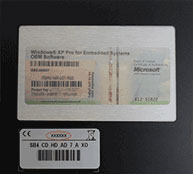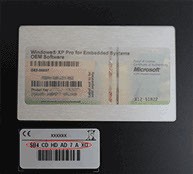Applications such as gaming, signage and retail use projected capacitive touchscreen technology for various operations.
The ability to have multi-touch and multi-user is one of the reasons projected capacitive touch has become popular in commercial applications and consumer devices. The self-capacitive and the projected capacitive touch sensor are the two options that differ in behaviour during sensing.
In projected capacitive, there is a decrease in the mutual capacitance when a finger approaches the surface while a self-capacitance touch has the opposite effect in that it has an increase in capacitance.
The other difference in behaviour is that in projected capacitive, the decrease in capacitance is initial then followed by an increase as a finger gets closer. On the other hand, self-capacitance increases monotonically as the finger approaches.
The Mutual Capacitance Response
It helps to understand the response that the mutual capacitance has in relation to the height of approaching fingertip.
Consider a projected capacitive that has three electrodes in the transducer.These are the ground plane, transmitter electrode (Tx) and the receiver electrode (Rx). Typically, the Tx surrounds the Rx with the ground plane nearby.
What happens is that as a finger approaches these electrodes, there is a signal generated as the mutual capacitance decreases. This signal descends to the maximum and then takes a turn; hence, its non-monotonic nature.
Inner Workings of Projected Capacitance
Mutual capacitance occurs when there is current induction in one circuit due to the application of voltage in another. In a projected capacitive touch sensor, the RX is kept grounded while voltage is applied to Tx to excite it, resulting in charges that are sensed by the Rx electrode. This charge is then measured as the capacitance.
Mutual capacitive sensing involves two stacked layers that register a decrease in capacitance when a finger approaches. It is possible to track finger movements at every interaction of the conductive layers, which allows multi-touch capabilities.
Sources:
An introduction to Capacitive Sensing—Part I, eetimes.com
Design and optimize electrodes for projected capacitive sensors, edn.com


